The University of the Philippines Manila (UPM) is advancing its commitment to environmental sustainability by expanding its solar panel installations across campus, effectively reducing its carbon footprint.
The solar panel arrays — a total of 10,000 square meters — will be laid out on 11 academic and administrative buildings, allowing the country’s premier health sciences university to produce 1,600 megawatt hour (MWh) renewable power leading to PHP17 million annual electricity savings.
“Inspired by the Energy Efficiency Excellence (EEE) award that we received from the Department of Energy, we have come up with a plan that would lessen our campus’ carbon footprint by 1,000 tons annually which is equivalent to the planting of 177,000 trees in our campus,” UP Manila Chancellor Michael Tee said in a news release on Saturday.
In December 2023, UPM was one of the 27 government institutions honored with the prestigious EEE award in recognition of its outstanding dedication to implementing and embracing energy efficiency and conservation programs, innovations, and practices.
Carbon footprint refers to the cumulative volume of greenhouse gases, encompassing emissions like carbon dioxide and methane, produced by an activity, product, company or nation.
Typically measured in metric tons of emissions per specific unit of comparison, carbon footprints offer crucial insights into environmental impact and efforts toward sustainability.
“We are on track to become the nation’s biggest and independent campus power producer of renewable energy. The heat index is the language of the sun speaking to us about the need to respond to climate concern,” Tee said.
UPM started its renewable energy project in November 2022 when it installed 48.6 kilowatts peak solar panels (also known as photovoltaic panels) at the Henry Sy Sr. Medical Sciences Building, covering a total of 554 square meters roof area and generating an annual savings of P650,000 in electricity charges.
It translates to the planting of 6,558 trees around the campus. (PNA)




